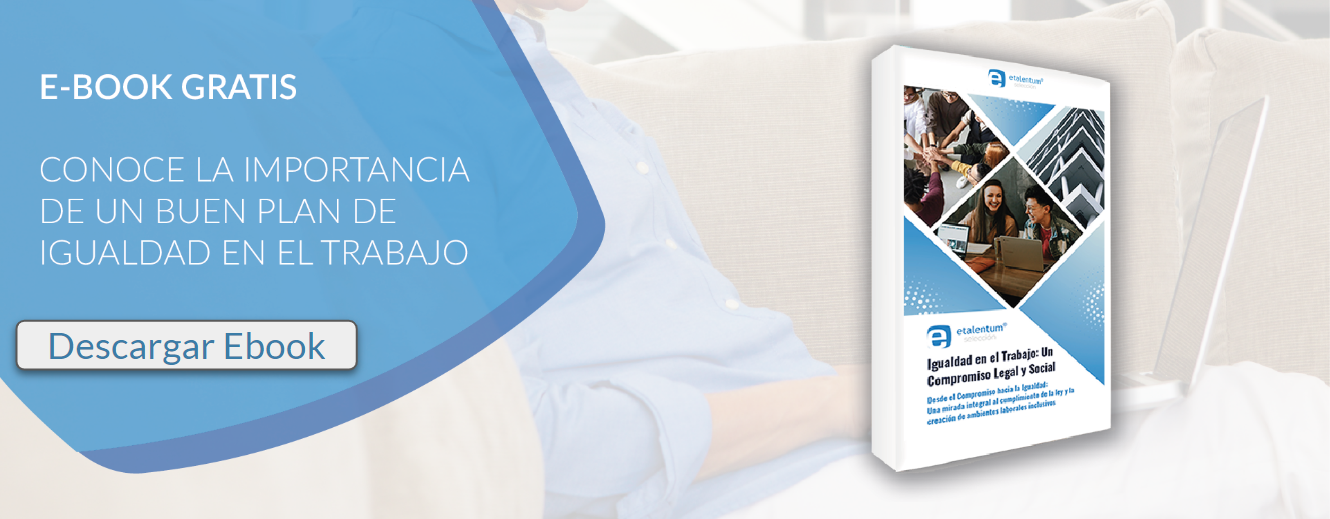
All interviews aim to thoroughly understand the candidates in order to make the perfect match between the company and the candidate, successfully filling the offered vacancy.
At etalentum, we’ve observed that the perfect fit for a candidate goes beyond having prior experience or knowledge of the job being offered. Companies value more than that and focus on the added value future hires can bring. Therefore, in our selection processes, we conduct competency-based interviews to identify the unique value each person can contribute.
What is a competency-based interview?
A competency-based interview is a type of interview used to infer how a candidate is likely to perform in a specific job position. In other words, it evaluates candidates not solely based on their skills, but on their potential to develop and apply those skills in a work environment.
What does it assess?
It evaluates the skills, knowledge, and behaviors relevant to success in a job role, based on specific examples from the candidate’s past or current professional experience.
Essentially, it assesses whether the candidate has internalized certain competencies, how they communicate their skills, whether they’ve applied them effectively, and their ability to adapt.
How to prepare for a competency-based interview?
- Identify the key competencies of the job. The questions will be related to the competencies required for the position you’re applying for.
- Pay attention to the job description. Identify the hidden skills within the job description.
- Anticipate possible questions. In addition to reviewing your past experiences, you may be presented with hypothetical situations. This allows interviewers to measure your creativity, reaction capacity, and problem-solving skills, aiming for your answers to demonstrate that you are the right candidate.
- Prepare your answers. Recall and select specific examples where you’ve applied the skills and competencies required by the job description.
What methodology can you use to prepare your answers?
The STAR methodology is basic and ideal. It involves structuring your answers in four parts: Situation (S), Task (T), Action (A), and Result (R):
- Situation: Describe the context of the event you are explaining, providing details about what made that situation unique.
- Task: Clarify what your responsibilities were and the specific activities you were in charge of at that time. This is where the challenge you faced becomes clear.
- Action: Detail the decisions you made and the specific actions you took to address the problem or situation. Provide a step-by-step explanation to help illustrate the importance of each action and its relevance in that context. Go in-depth and explain why you chose those specific actions over others.
- Result: Support it with actual performance indicators. These could be improvement percentages, net values, or conclusions from perception studies that were conducted. It is crucial to demonstrate that your actions had a direct and positive impact.
In conclusion:
This type of interview allows companies to make hiring decisions that are more aligned with their current needs and corporate values. It ensures that they evaluate ideal talent and the best fit for the positions offered.

